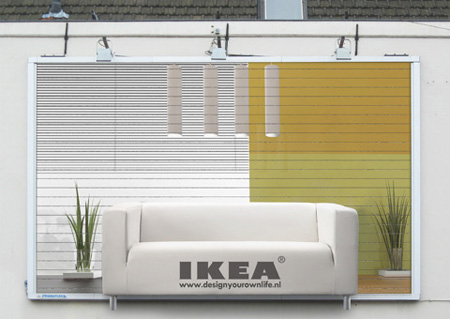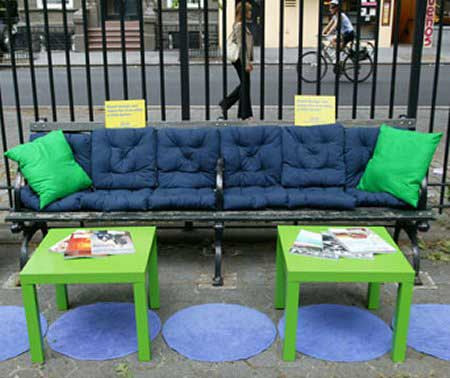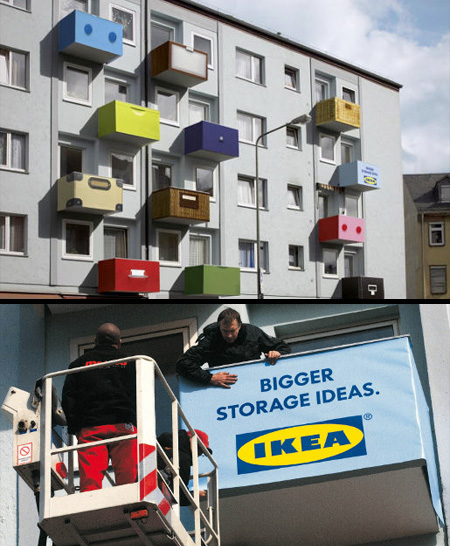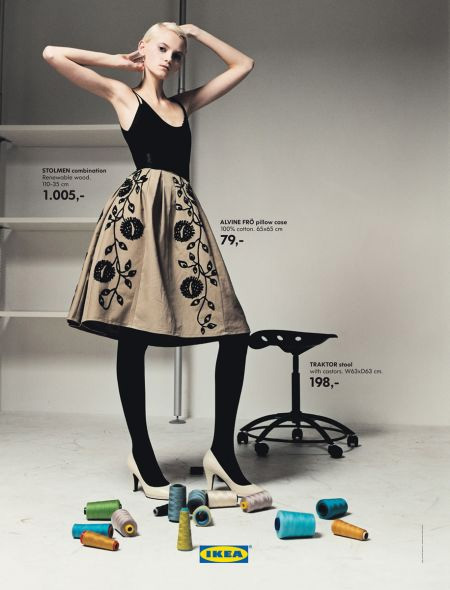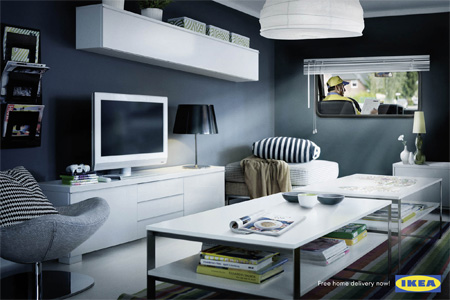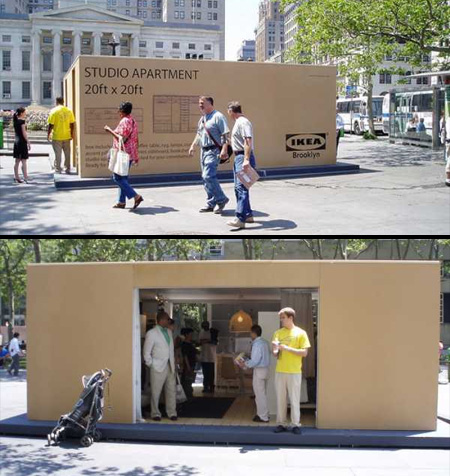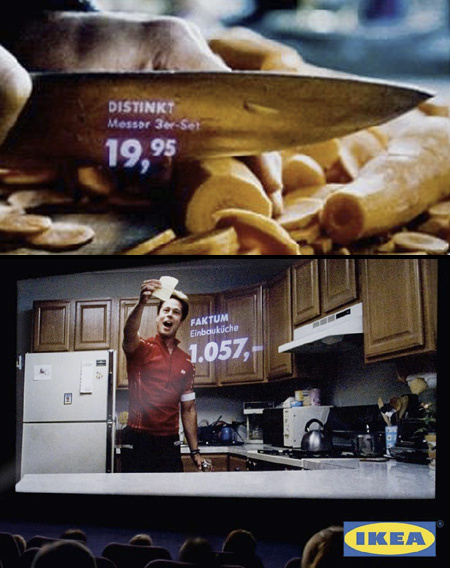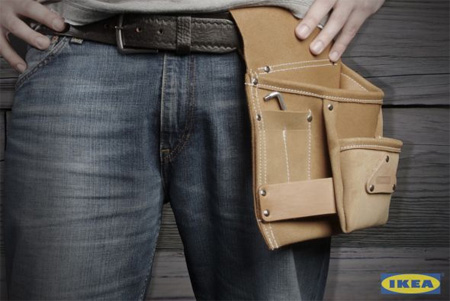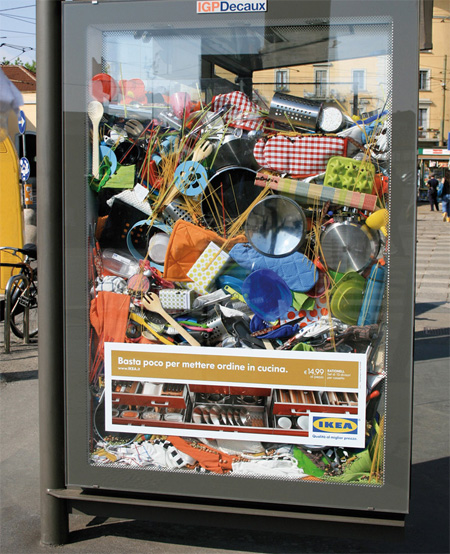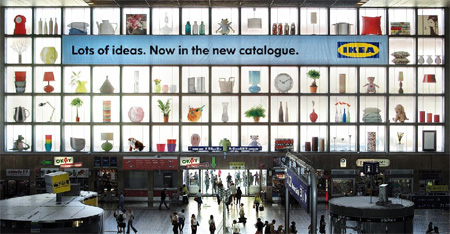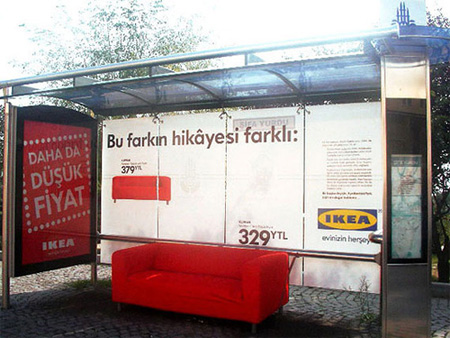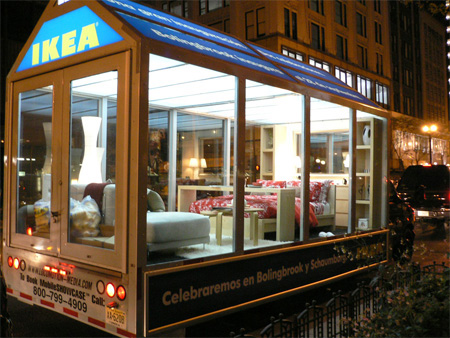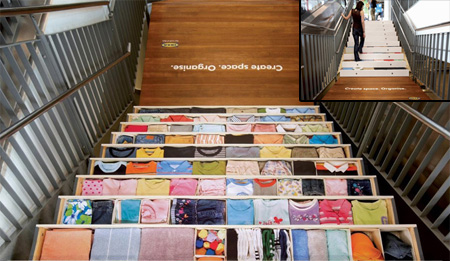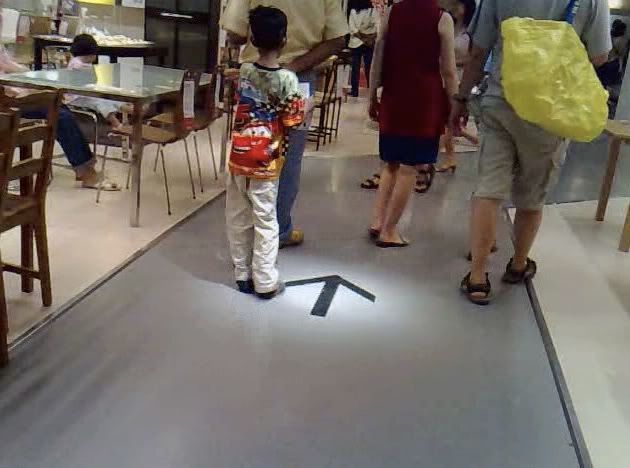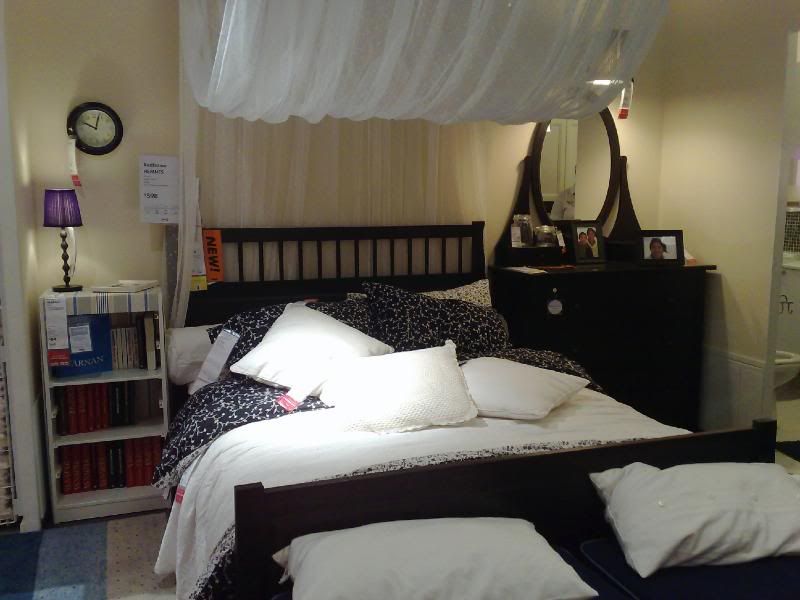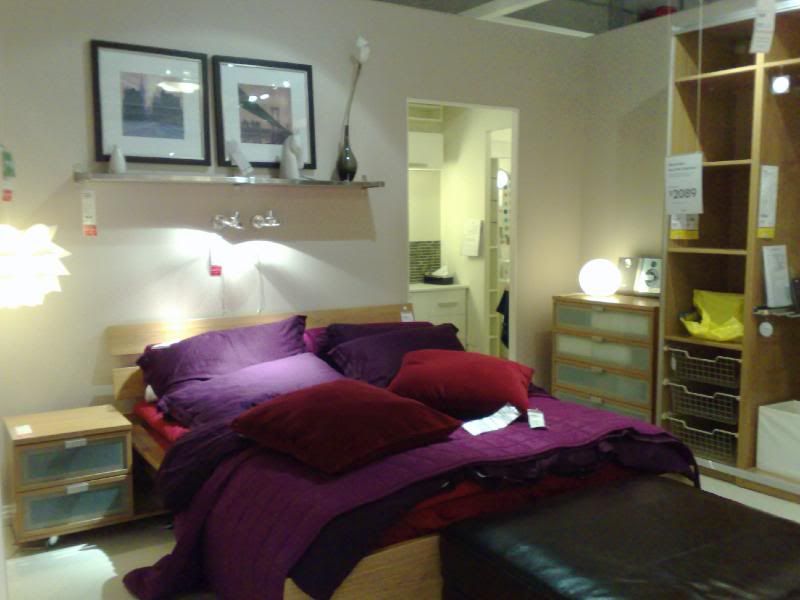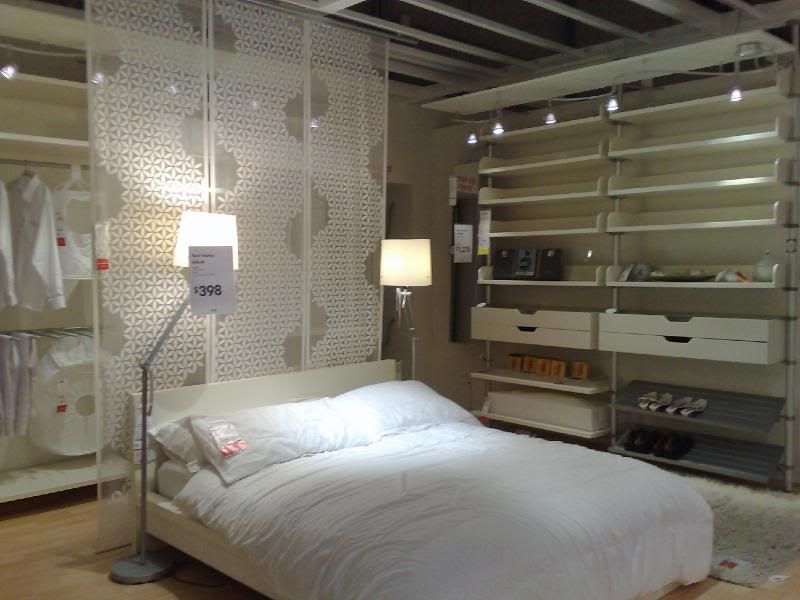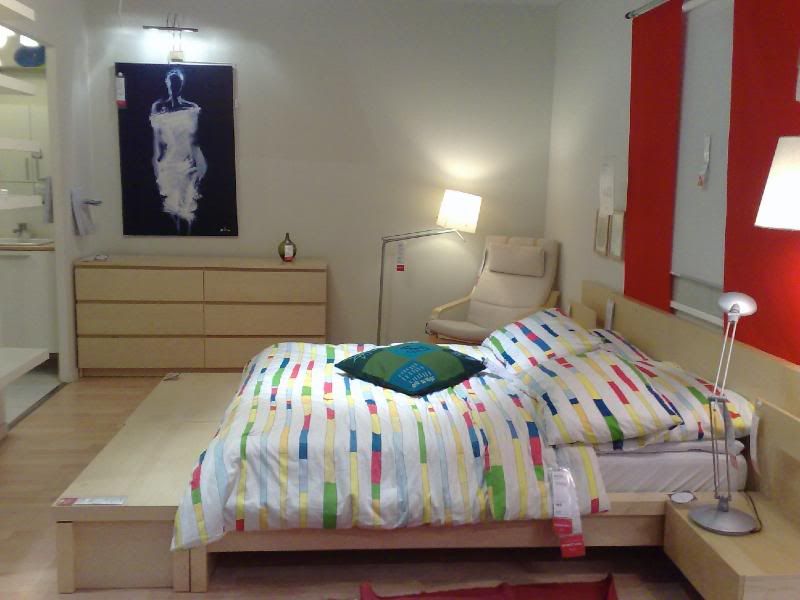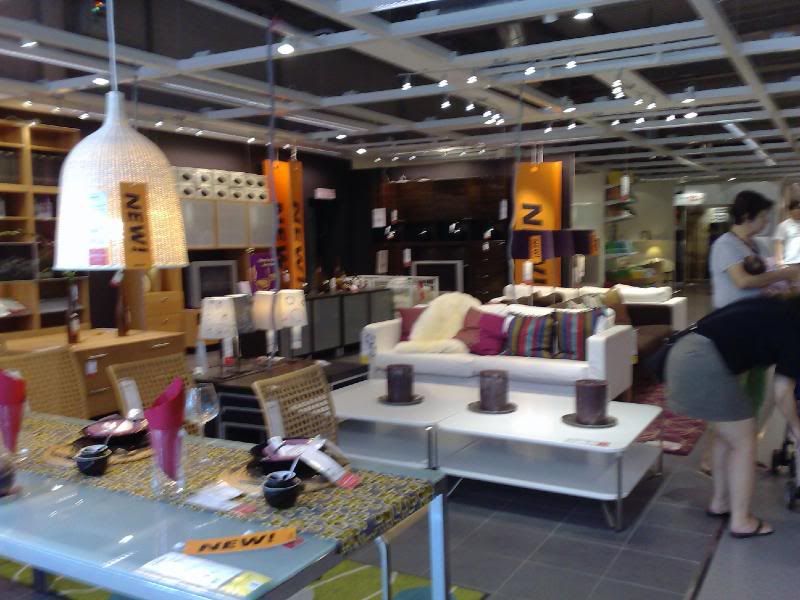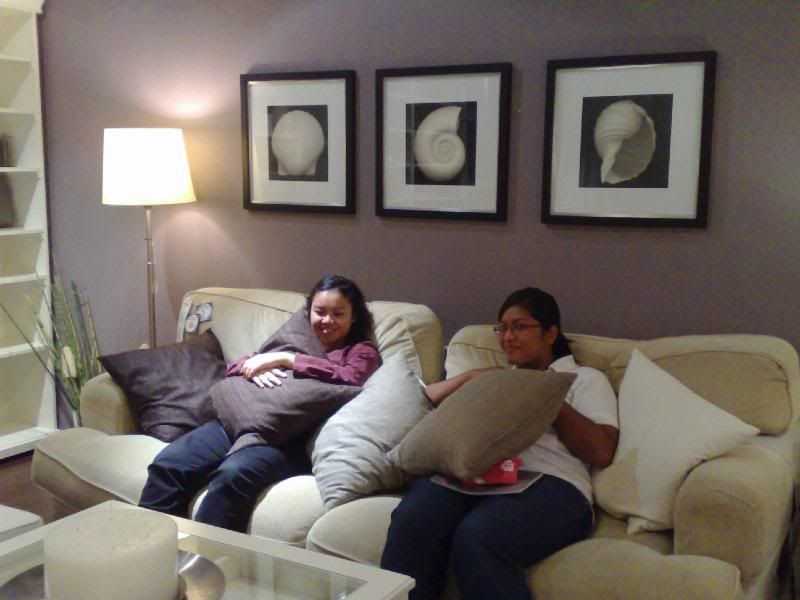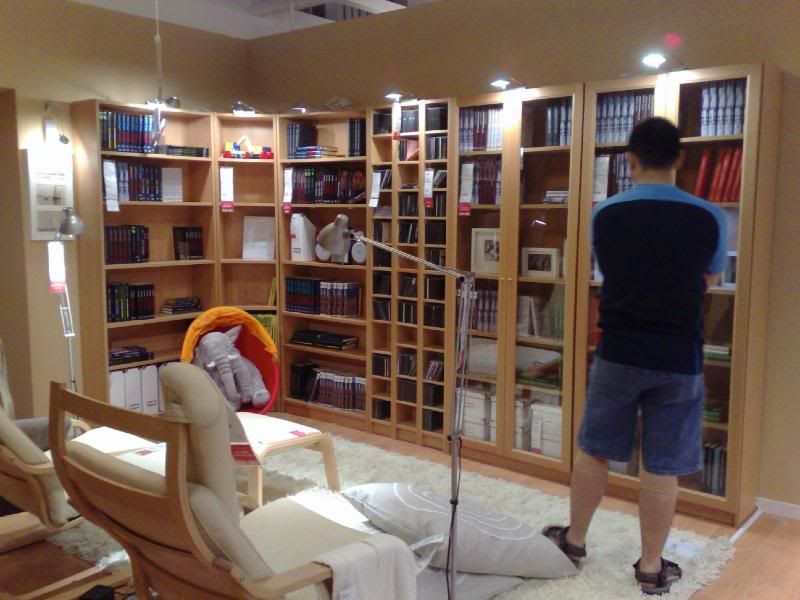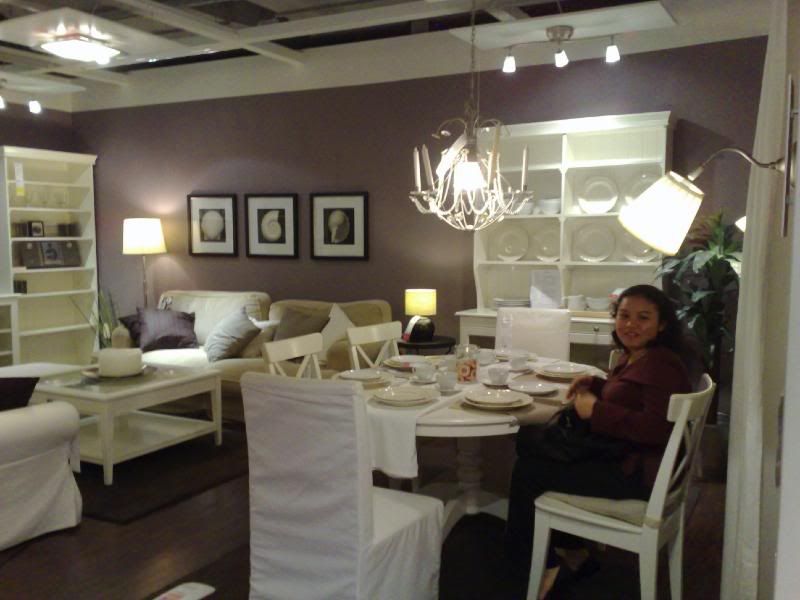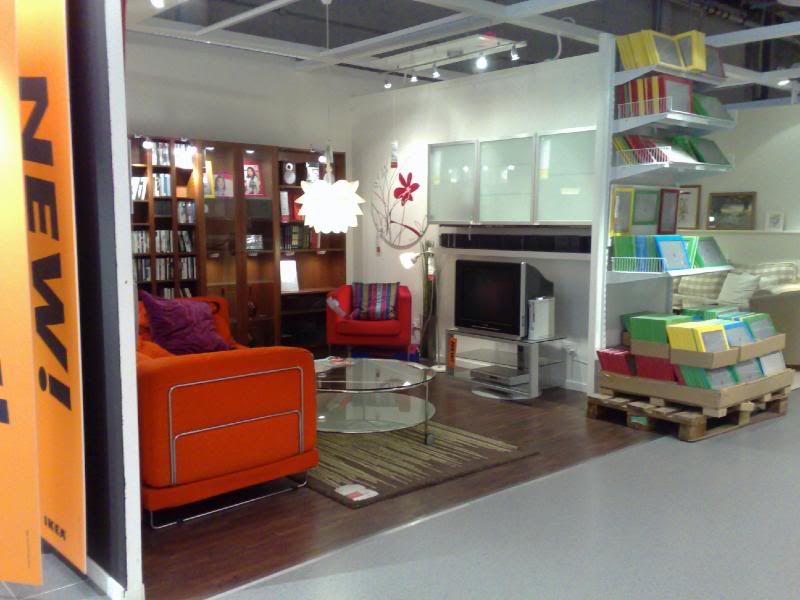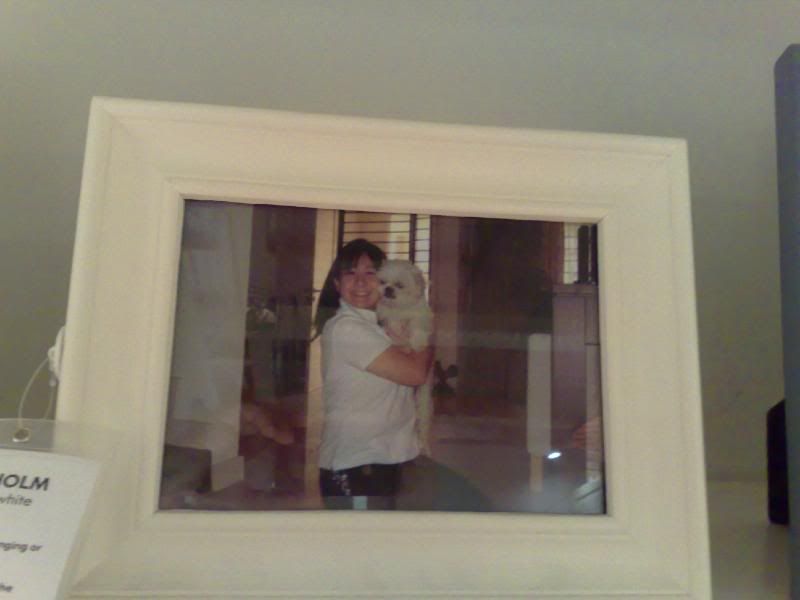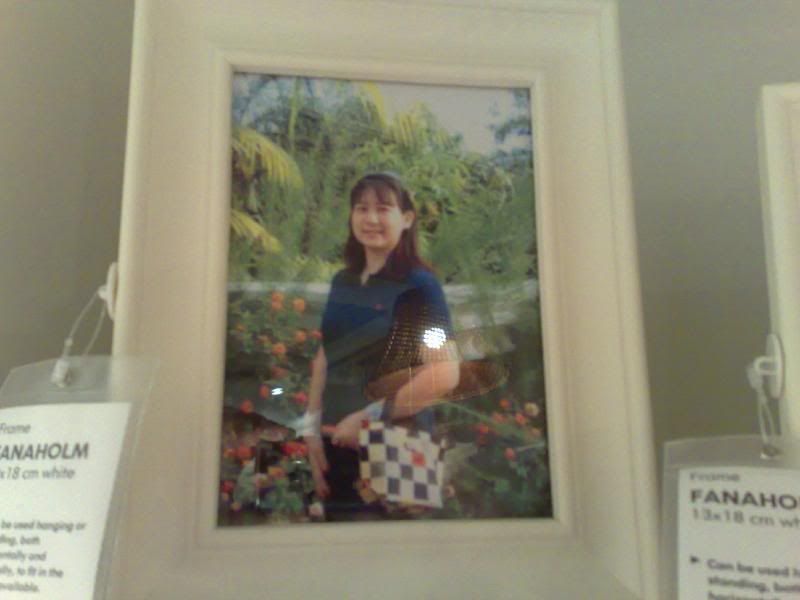IKEA @ the Tampines Retail Park
IKEA is known for its large shopping space, an even bigger self-serve warehouse area and the numerous products it showcases in the 2-storey store. Space has always been an integral part of IKEA’s success and with the building of the IKEA Tampines flagship store, it gives a whole new meaning to space and provides consumers endless opportunites and ideas to build the perfect home.
IKEA has taken advantage of the Economic Development Board’s Warehouse Retail Scheme, which lets companies use industrial land for retail and warehousing. Its new flagship store is located at Tampines North Drive 2, beside a wafer fabrication plant. This new location is termed the Tampines Retail Park, which houses Giant and Courts as well. The use of space here can thus be related to Michel de Certeau’s idea of tactics and strategy. While the land around Tampines North is typically catered to industrial plants and a nearby Civil Defence fire station (strategy), the concept of using the land for a mega centre of consumption provides a form of tactic to take advantage of the opportunites that the huge amount of space serves.
However, despite the inclusion of Giant and Courts, IKEA still attracts more than 300,000 consumers per month since its opening in November 2006. While some may feel that the new store is less accessible than the one at Alexandra, the larger space that is available at Tampines provides a pulling factor for both new and existing customers, and keeps them coming in. Space and its usage by IKEA have thus been carefully constructed and used, and in this way, have become key factors for IKEA’s economic success.
IKEA Tampines as a mega retail centre
As a place of consumption and consumerism situated in a space meant for industrial production, there is thus a tension between what the space at Tampines was meant for, and what it has been used for. However, IKEA has come up with several concepts to make use of the massive space they have, that successfully distracts the consumer from this tension. Due to the massive industrial land space that is allocated for retail, IKEA has come up with several new concepts to take advantage of this space. This includes 1,400 parking lots, coupled with a free entrance for those driving in. The lots are widely maximised, with ample space for families with prams or wheelchairs. This new feature in the Tampines store that was previously not available at Alexandra gives shoppers the freedom to browse IKEA’s products and showrooms for as long as they want without worrying about parking fees and queueing up for a parking lot.
With thousands of consumers streaming in every month, IKEA is indeed a space built for human flux. With its location in a heartland area between Pasir Ris and Tampines HDB estates, the movement of shoppers in IKEA reflects those in the suburban estates. At all times of the day, IKEA sees shoppers moving in and out of the store by cars, its shuttle service, or even by foot. The structure of IKEA thus conforms to this idea of mass movement of consumers – externally, as discussed above, as well as internally, which will be elaborated upon in the next page.
The idea of space here provides a whole new dimension to furniture shopping. The location of IKEA Tampines in itself provides a competitive edge by making full use of the available land space and converting these as benefits for the consumers. If before, only factory workers and industrialists flock the area for work purposes, now the area has been transformed to a mass area for consumption, and the new IKEA flagship store there has provided consumers with a new and refreshing feel that is not possible at Alexandra.

